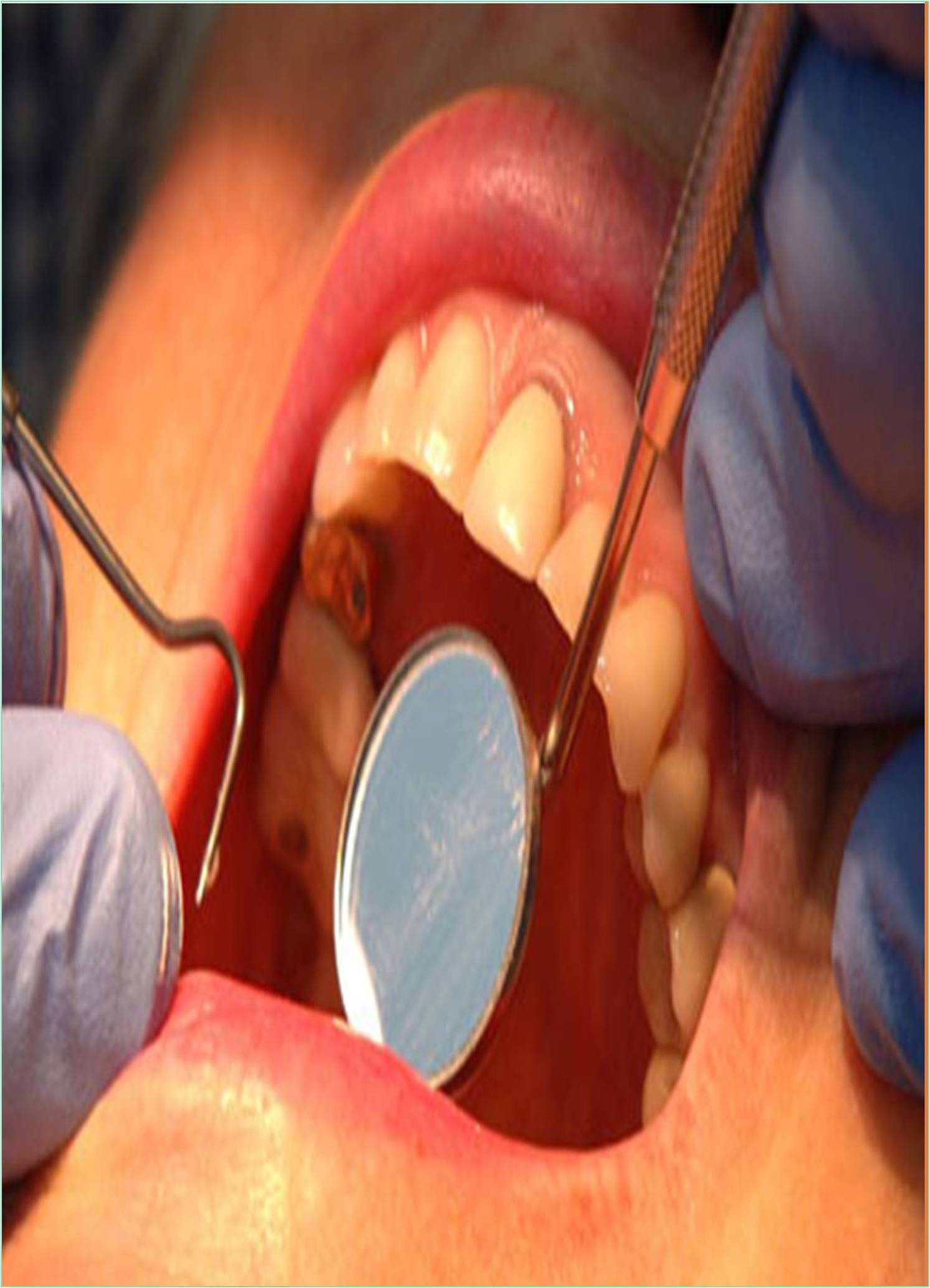



Received: 03-Dec-2021 Published: 24-Dec-2021
A change in the colour of your teeth is when the colour of your teeth changes. They do not look as bright or white as they should be. Your teeth may be black, white, or coloured, or they may have white or black spots on the area. An example of an external colour change stains caused by food or drink. black tea or coffee; wines, red and white; and dark-coloured foods such as beetroot or chocolate are the main problems. Other foods that may contaminate the teeth are berries, popsicles, sweets and cucumbers.
The best way to avoid external stains is to brush your teeth immediately after eating food that can cause discoloration, and make sure you brush your teeth at least twice a day and brush them. Also, eat foods that are bad for your teeth and drinks in moderation. If you eat such foods and drinks, you can reduce your effects in many ways. Same goes for fruit juices, sports drinks, soda and other carbonated drinks — use grass whenever possible. And chewing sugar-free gum can help reduce the acidity of the mouth. High fibre foods can help lower acid levels as well; foods such as beans or spinach and other leafy greens help produce more saliva in the mouth and can “brush” teeth.
If external staining has already occurred, you can use home cleaning programs or make your teeth whiter. Another home remedy is to brush your teeth periodically with baking soda, but this is not recommended for daily use, as it may cause severe side effects. Some home remedies for whitening teeth use hydrogen peroxide, and these remedies should also be used sparingly, as peroxide is extremely acidic and can damage teeth. Unfortunately, some forms of colour change cannot be easily erased. The colour change may be “inward” —that is, in the focus of the tooth, as it develops in the womb or as the teeth grow in infancy. This can be caused by the use of certain antibiotics and other medications, or from trauma to a child’s tooth, such as falls or sports injuries. Damaged internal teeth usually appear grey.
Changes in colour may occur when the outer layer of the coating wears off — for example, from excessive grinding of teeth. Then the teeth may appear yellow, as the area under the tooth becomes very yellow. To enhance the effect of grinding teeth, night-night electrical appliances can be used, and compound fillings or crowns can be used to repair damage and restore appearance. If severe damage has been done to the digestive tract, restorative treatment may be needed. Finally, calcium deficiency can cause discoloration, and large doses of fluoride may cause white spots on the teeth, a condition known as fluorosis that mainly affects children under 6 years of age. Drinking water in some parts of the country naturally contains significant amounts of fluoride. If your water system is fluoridated, you and your children may not need to use fluoride injections — ask your dentist about this.
The author has no area of interest.
None.